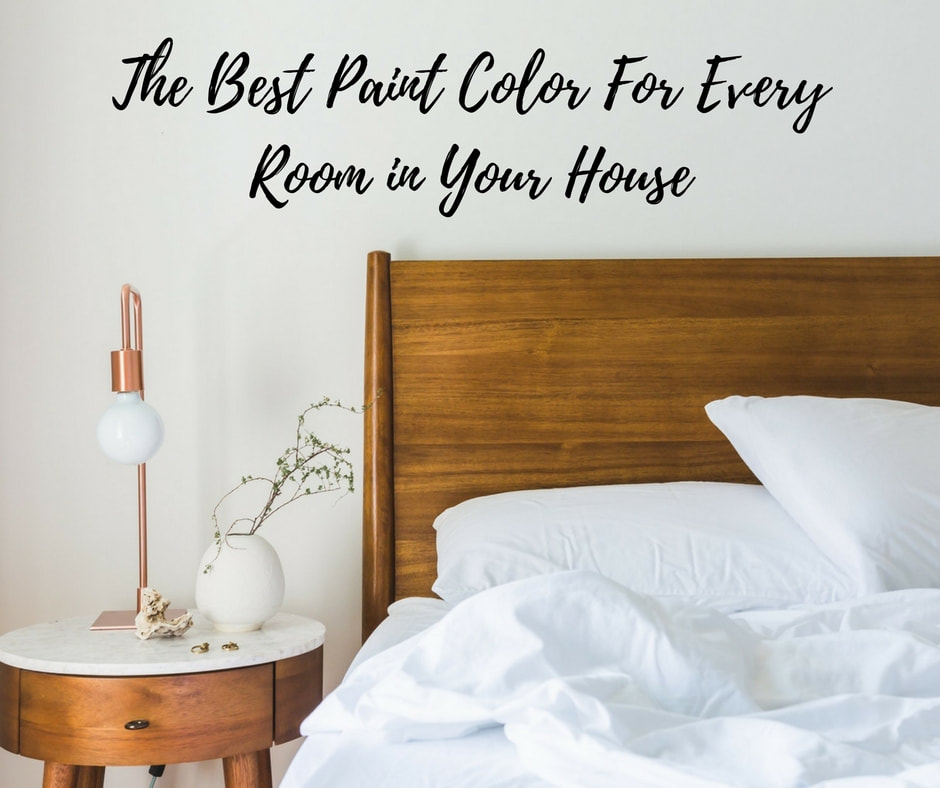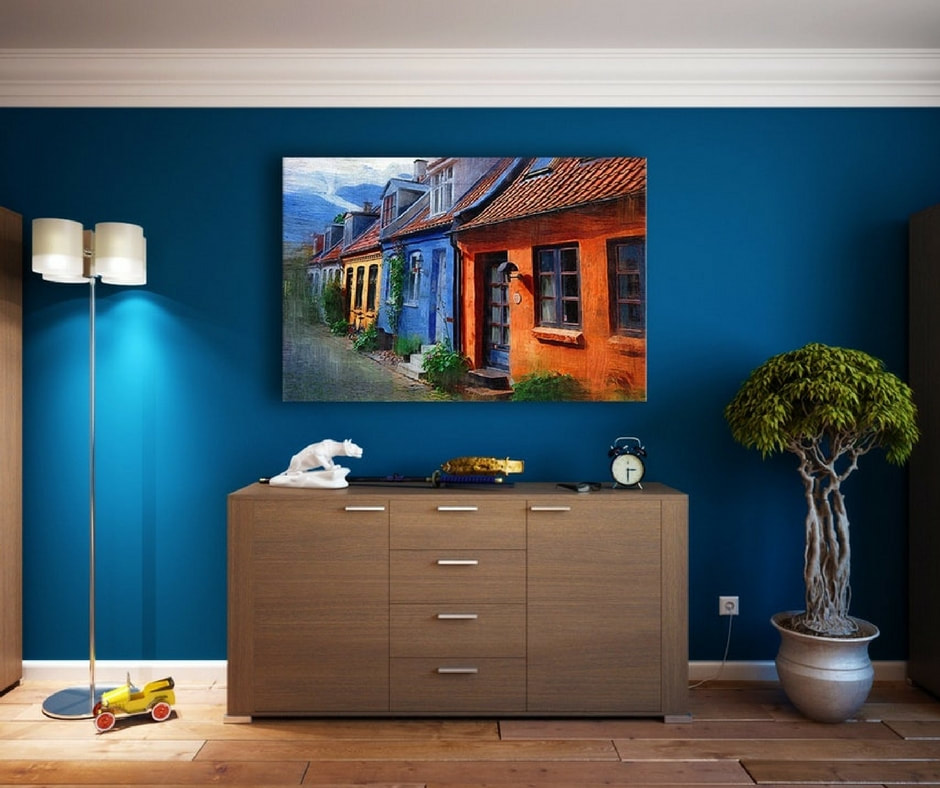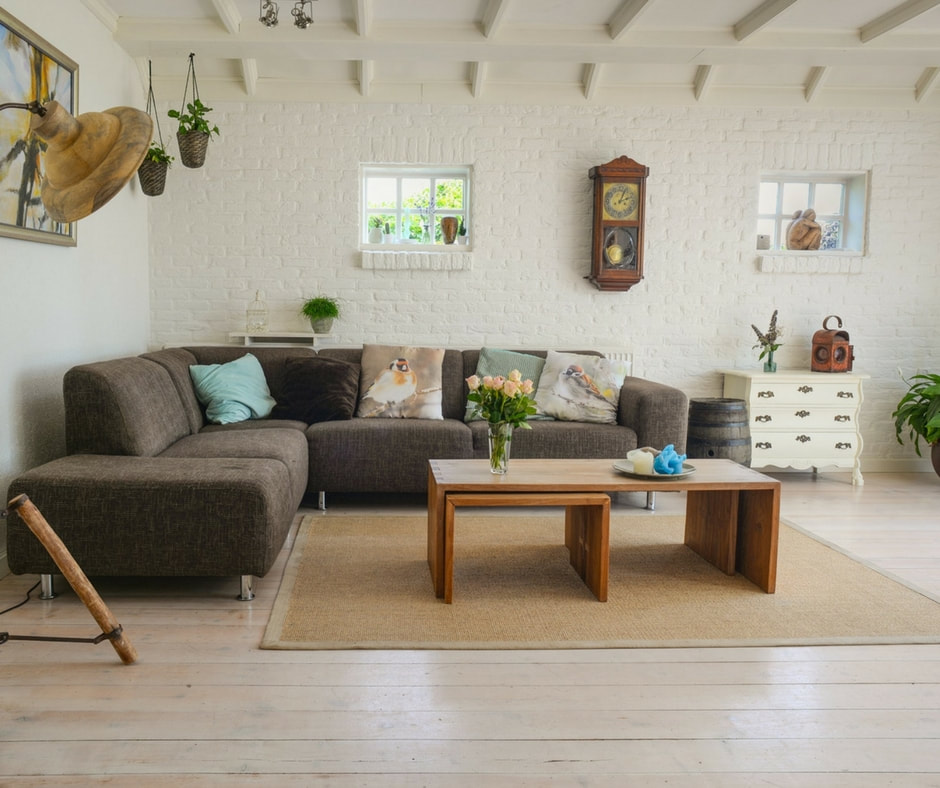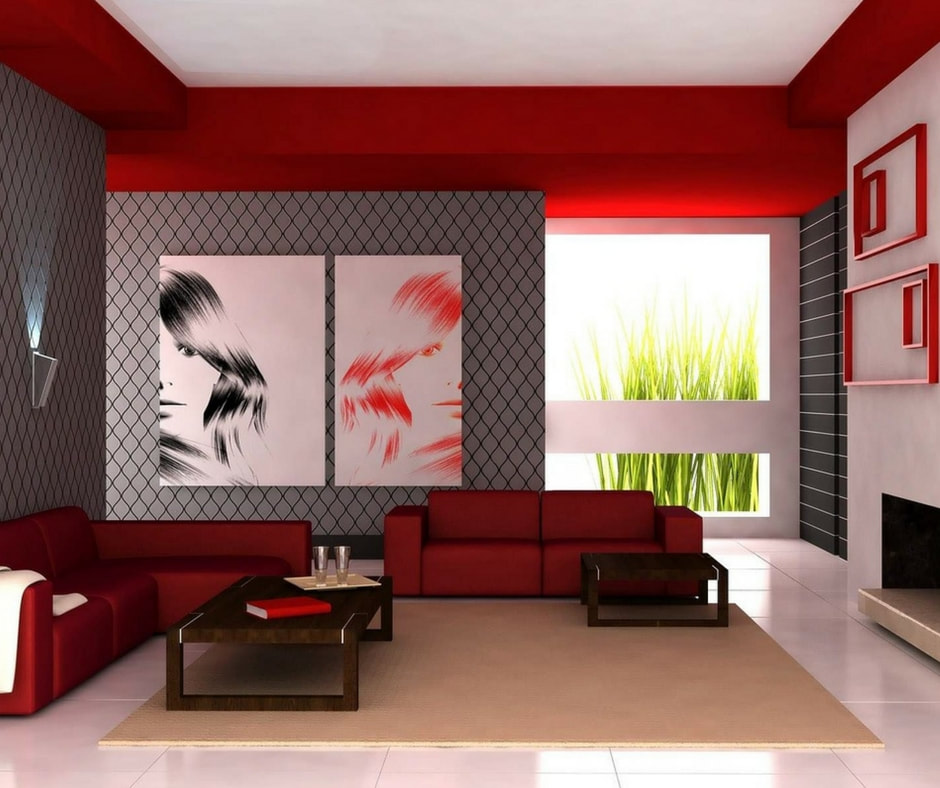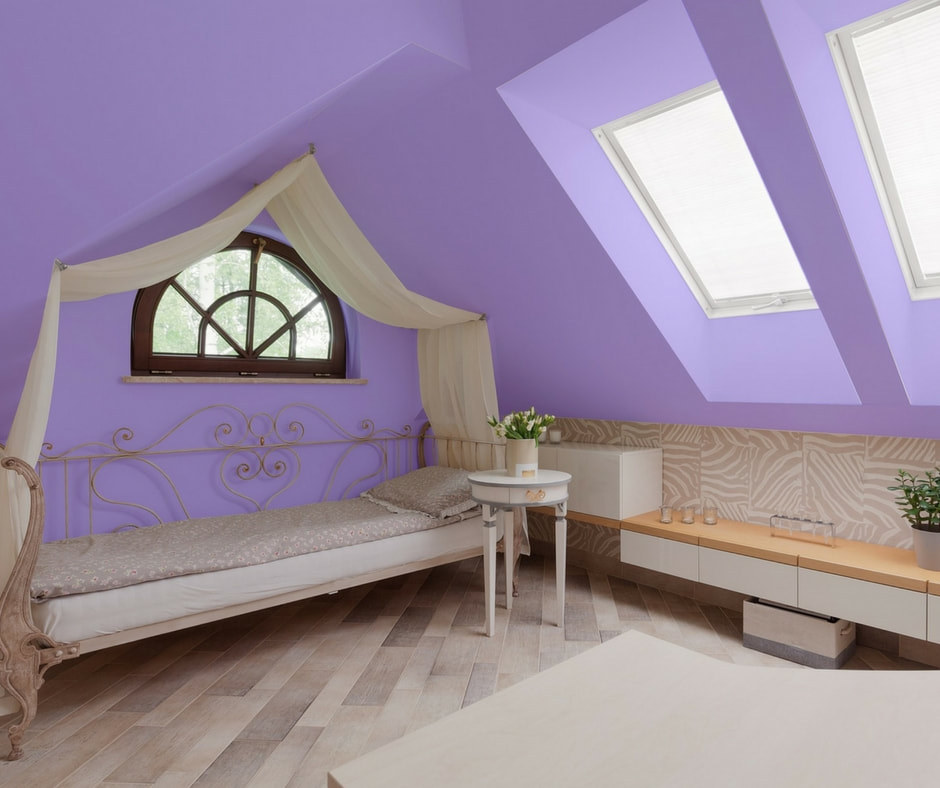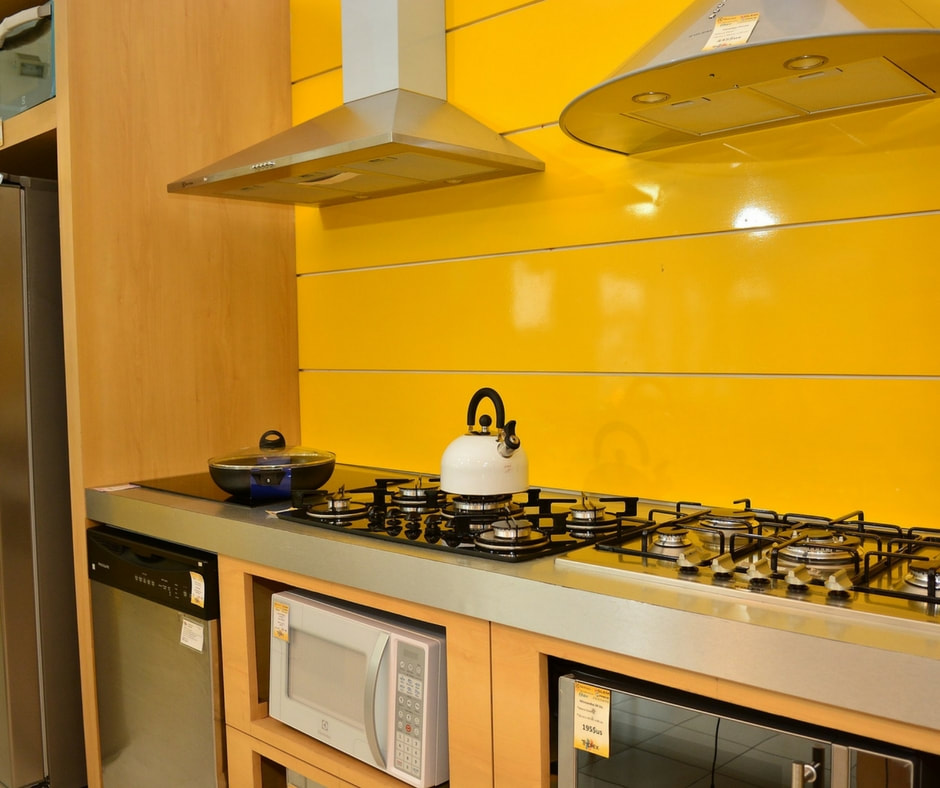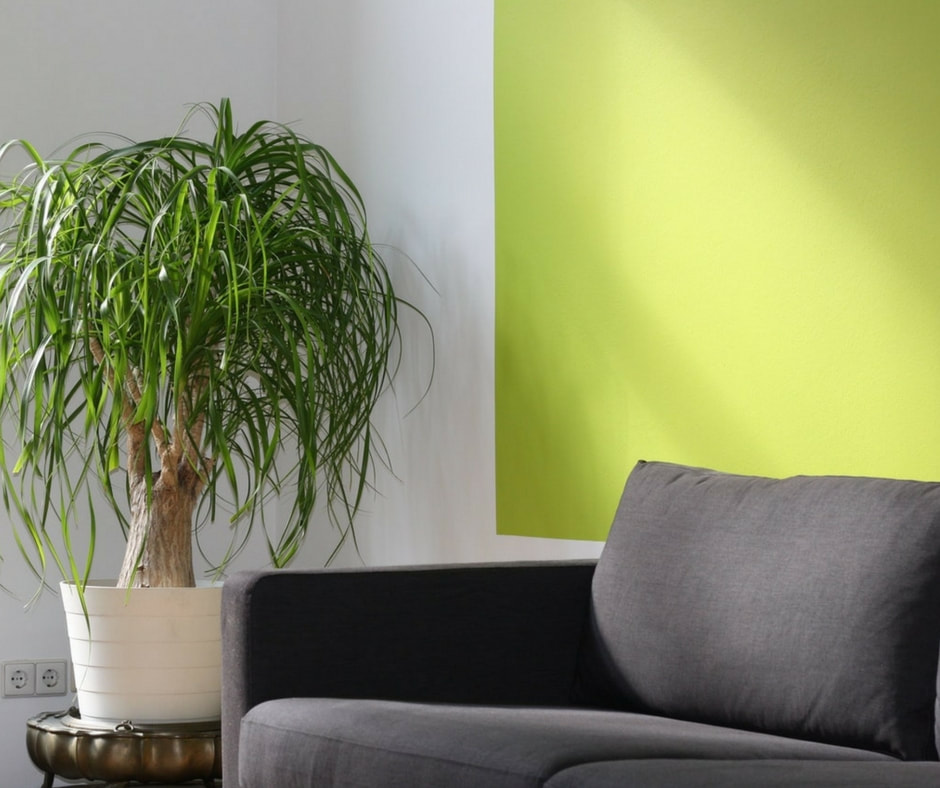Choosing the right paint color for any room in your home doesn't have to be a difficult decision. Here are some tips and points to consider when painting the walls in your home.
Basic Color Tips
- Before you consider any specific color, think about the mood that you want to set in the room you're painting. Are you looking for a space that is energizing and uplifting or calming and peaceful? This will greatly impact your color choice.
- Choose colors that reflect your personality. You want your home to be a space that reflects your unique lifestyle and preferences.
- In general, light colors make rooms seem larger and more airy, while dark colors give a room a more intimate appearance due to their warm hues.
- Try to limit the number of colors in a room. By choosing no more than three or four colors per room, you'll keep the space from feeling busy and cluttered.
- Take the color of the flooring, furnishings, and decor into consideration before choosing a color. Do they all go together well?
- Not all paint colors look good on a large scale, and paint swatches are usually small. Try painting a potential paint choice on a large poster board so you can get an idea of how it looks on a larger plain without having to paint over it if you decide you don't like it.
- The temperature of a color impacts how you experience it. Cooler hues promote feelings of calm, while warmer hues are great for gathering spaces because they tend to give off an energetic vibe.
- Accent colors on the ceiling, trim, and woodwork can make architectural details stand out or blend in depending on their color.
- As a general rule, ceilings that are lighter in color than walls feel more expansive, while ceilings that are darker feel lower.
- Don't be afraid to experiment. Paint is fairly inexpensive and can be changed or covered, so have fun with your ideas!
Blue
Warmer blues can be great for areas where a lot of socializing occurs, like living rooms or family rooms. Try choosing a soft shade of turquoise or periwinkle for these spaces.
Neutrals
Red
It's also a good pick for an entryway if you want to make a bold first impression. Red is often considered too stimulating for a bedroom, but if you're only planning to be in the room while it is dark outside, the color can seem elegant and intimate.
